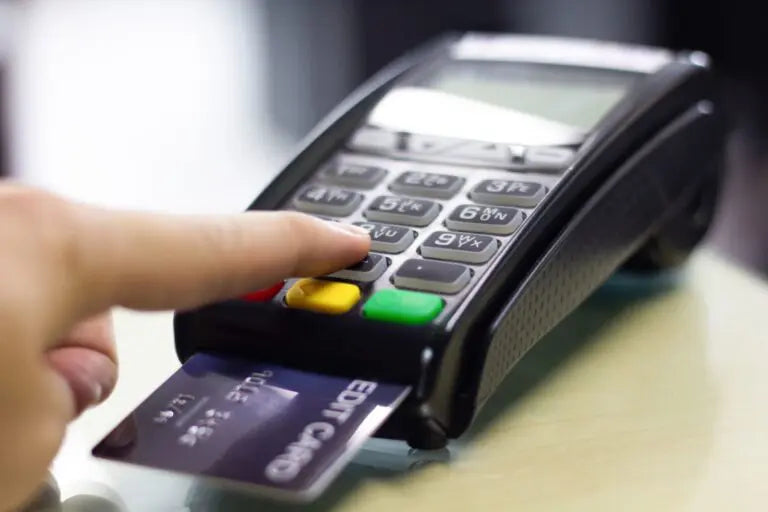Available 24/7 Via Chat

Credit Card Machine Transaction Types

We are now in the 21st century where we have been using different types of payment methods and credit card payment is one of them. But, most of us do not know different types of credit card machine transactions, and therefore, here, we are going to make a brief breakdown of credit card machine transaction types.
Sale
Sale otherwise known as credit card purchase is one of the most straightforward as well as common transaction types. During the transaction, the credit card information along with the purchase amount is sent to the merchant processor. After that, the payment processor forwards all the information regarding the transaction to the card network. Then, the issuing bank of the customer is asked to approve the transaction. If the transaction is approved, the payment processor sends an approval code to the merchant. Well, it is a real-time process and the whole transaction is completed within a few seconds.
Authorization Only
Authorization only or just authorization is called pre-authorization and it is very similar to sale. But, there is a difference between authorization and sales. in case of pre-authorization, the money is not received instantly to the merchant account. Well, credit card machine authorization is also a real-time process and the approval code is sent by the payment processor to the merchant for the purchased amount. But, money is not debited from the account of the cardholder. Instead of it, the money is “reserved” or “frozen” for 10 days. In some cases, it can be 7 days.
When the merchant wants the pre-approved amount in his account, he just needs to submit a “capture” request. People running the business of car rentals, gas stations, and hotels are familiar with this type of online credit card payment. Through this type of credit card transaction, the merchant easily gets to know whether the cardholder has the desired amount or not on the card. The best part of this type of transaction is that money will be debited after completing the transaction. However, if the merchant forgets to “capture” the amount within 7 or 10 days, the money will be released back to the account of the cardholder.
Force
Earlier, we have mentioned the word “capture” in the pre-authorization credit card transaction. Well, Force which is otherwise known as the capture is the second step of authorization only transaction. The merchant will get 30 days to complete the “capture”. But, the money will be frozen for the first 7 or 10 days. Well, it means that if the merchant performs capture or force transaction on the 15th day, there is no guarantee or surety that the pre-authorized amount will still be available on the cardholder’s account.
In the case of credit card machine force transaction, the merchant can capture the full pre-authorized amount or anything lesser than that amount. But, he will not be able to capture more than the pre-authorized amount. Well, we can take the gas station as an example. Most gas stations do a pre-authorization of $300 but, the merchant generally captures a smaller amount. Therefore, the uncaptured fund will be revered to the account of the cardholder.
Void
A void transaction is made in order to cancel the authorized transaction. Such kind of transaction is done when the customer enters the wrong amount for a credit card purchase. The transaction can be voided by the merchant and after that, it can be again processed with the correct amount.
It is also a real-time transaction and in this scenario. The card network tells the issuing bank of the cardholder to cancel the transaction as well as approval code. No interchange fees will be charged for the void transaction and if the amount is refunded, interchange fees will not be reversed back. Well, if the batch is settled, a void transaction cannot be done and in such case, the only option left for the merchant is “refund”.
Refund
From the previous point, you have got a basic idea about this kind of transaction. So, a refund can be performed when a batch is already settled. This type of transaction is always considered as “negative purchase”. The void transaction is always recommended as in case of a refund, customers will be charged an interchange fee.
After the refund is processed, the customer will see two different amounts- the original amount and refunded amount. Well, the amount is simply debited from the account of the merchant and sent back to the cardholder’s account. But, there is a catch. Yes, the issuing bank of the cardholder can take up to 10 days to show the amount on the statement of the customer.
So, you have understood different types of credit card transactions. Now, if you are looking for smart payment terminals for your business such as point of sale systems, credit and debit machines and pay at the table, we have the best option for you. Get in touch with International Payment Solutions and elevate your business to the next level.








